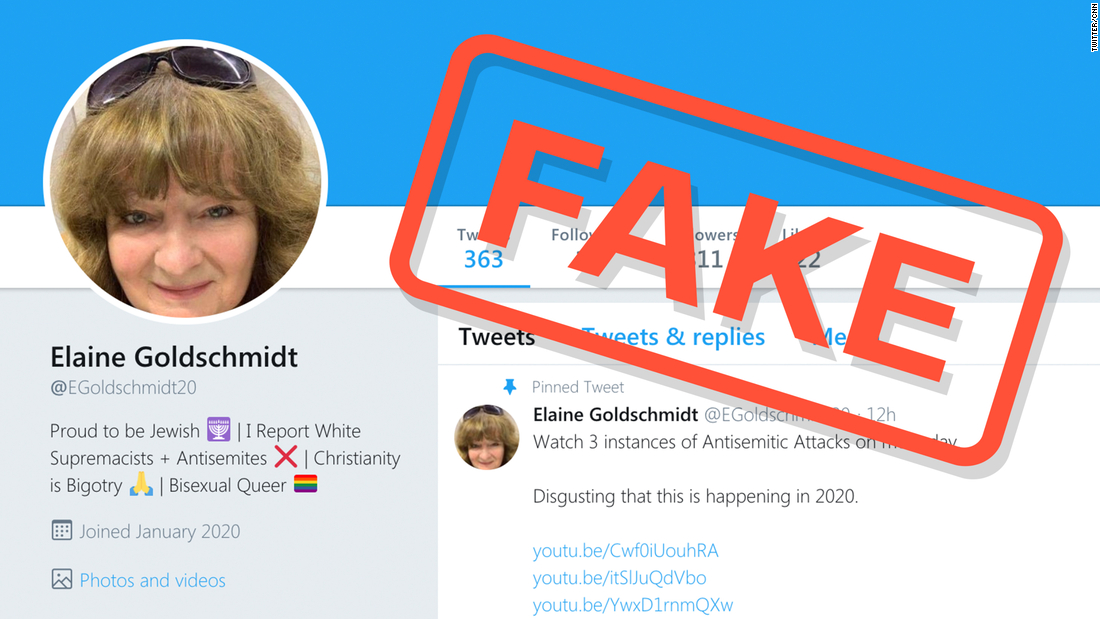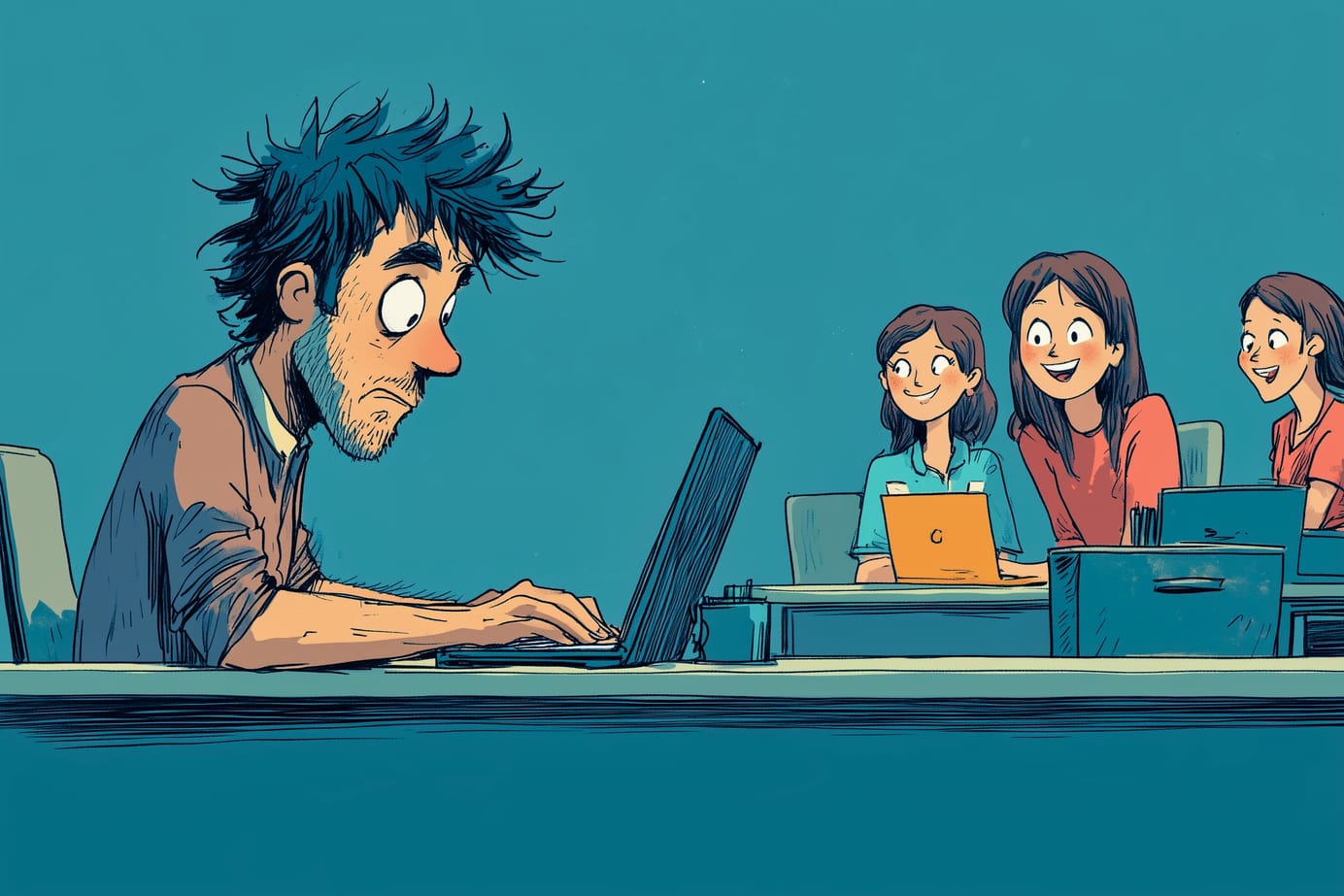
Engaged Reading Digest: constructive journalism, news moments, TikTok and trolls
Moving on from just reporting the problems, exposing new times for engaging with readers and more, in this selection of fine, artisanal links.
And so, my children return to school, and I get back to work. I know that won't elicit much sympathy from many of you, as journalism has never been a great respecter of holidays, but two weeks of almost complete downtime have done me a world of good, so it's time to head into 2020 with some positivity.
Let's see if that lasts to the end of the links, shall we?
Audience engagement via constructive journalism
This feels apposite as we head into an already-rocky 2020:
Importantly, I learned that outrage is not counter-intuitive to constructive journalism, so long as it has a vision. Constructive journalism is optimistic, but it does not have to be happy. It needs an action point at the end of the article which signals better times ahead, even the current outlook is bleak. Acknowledging the problem is often the starting point.

TikTok collectives follow the YouTuber model
Taylor Lorenz may have shifted from The Atlantic to the New York Times — but her reporting on internet culture is still essential reading. Her latest is on Hype House - a new collaboration house for the emerging TikTok influencers — and life there is clearly no party:
“You can’t come and stay with us for a week and not make any videos, it’s not going to work. This whole house is designed for productivity. If you want to party, there’s hundreds of houses that throw parties in L.A. every weekend. We don’t want to be that. It’s not in line with anyone in this house’s brand. This house is about creating something big, and you can’t do that if you’re going out on the weekends.”
I know it's fashionable to mock influencers, because generally they're probably younger and better-looking (sorry) than anyone reading this, but looking like you have a fun, aspirational life is clearly still work.

“Time for bed”, said Zebadee. “Ready for your bedtime news moment?”
Friend and co-tutor at City, Sarah Marshall gives the view from Vogue towers of how we should be constructing news products and formats around news moments:
Do you check your phone to unwind before you go to sleep at night? Late evening is peak time-filler — and therefore an opportunity to engage audiences. When writing or creating products, editors, reporters, and UX designers should therefore consider the reader sitting up in bed looking at her phone.
It's pretty clear that we need to do much more work on creating new journalism formats for reaching the new moments in people's lives that mobile in particular has opened up. Sarah has done some solid foundational work here in creating a structure that would allow that to happen.

Thinking Deeply about TikTok
Nick Carr, putting TikTok into cultural and historic context:
TikTok is at once a manifestation and a parody of what Stanford communication professor Fred Turner has termed the “democratic surround.” From the 1940s through the 1960s, media-minded intellectuals promoted the ideal of a polyphonic multimedia experience that would be created and consumed by the public. The democratic surround would not only free the masses from centrally controlled media, with its authoritarian aura, but would raise the collective consciousness. TikTok gives us the democratic surround, but it turns out to be a pantomime. The central authority is still there, hidden behind a mask of your face.
Well worth a read. I'm working on a longer piece about TikTok, and I'd suggest that Nick is reinforcing my basic theorem: that many news outlets are going to end up pushing the same old stuff through this emergant channel, with the same results and consequences we've seen before — and thereby miss the entire opportunity it offers.

A trolly new year
Ah, who needs the Internet Research Agancy, when the chans are quite happy to stoke racial division just for the lulz?

Remember: you can sign up to get these by email (if you aren't already), at this handy page.
Sign up for e-mail updates
Join the newsletter to receive the latest posts in your inbox.













